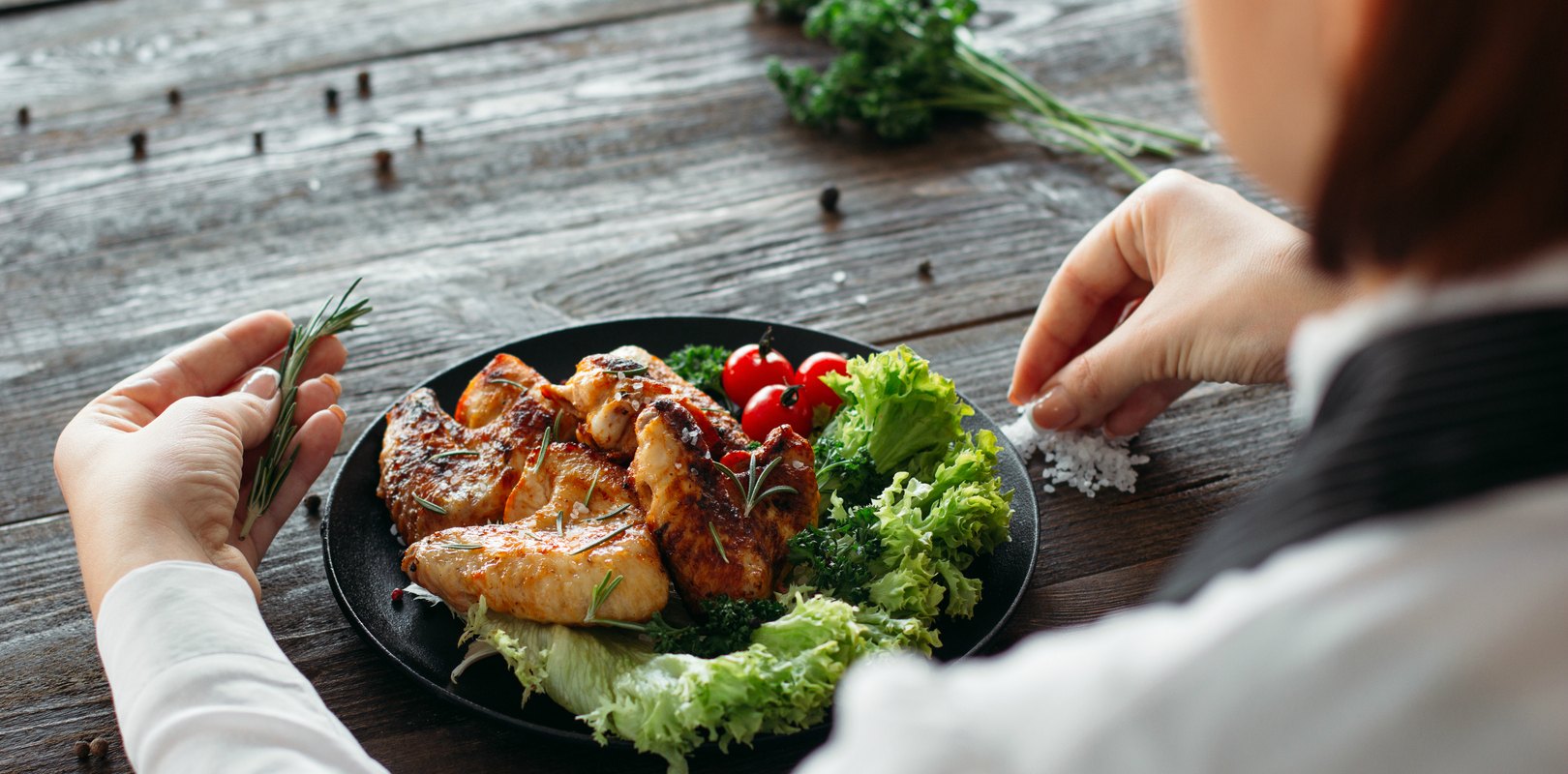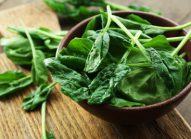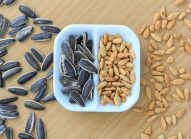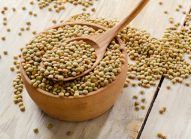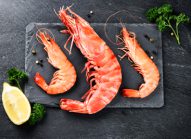- Iron is a trace element that is vital to the body.
- It participates in tissue oxygenation.
- It also plays a role in DNA synthesis.
- 70% is found in hemoglobin.
- Meat products are the rich in iron.
- Vitamin C promotes the absorption of iron from vegetables.
Why should we
eat some daily?
The body cannot synthesize iron. That means it must be obtained daily from food sources. Nature is well designed: the iron absorption rate varies according to the state of the body’s mineral reserves (ferritin). This defense system reduces the toxic effects of an excess of this mineral and makes the body fight better against serious deficiency, particularly common among women.
Iron deficiency is the main cause of anemia, which is the most occurring nutritional deficiency across the globe. In 2020, the World Health Organization estimated that anemia affected 33% of non-pregnant women, 40% of pregnant women and 42% of children.
What is
its role?
The hemoglobin present in the red blood cells contains 70% of the body’s iron. Iron makes it possible to capture oxygen, which is then transported to the cells. The mineral is also present in the myoglobin in muscles, making it possible to stock oxygen.
Nonheme iron (which is not present in hemoglobin) participates in numerous metabolic reactions. That means that this mineral is vital for energy production, normal function of the immune system, and cognitive development in children.
What is the
recommended intake?
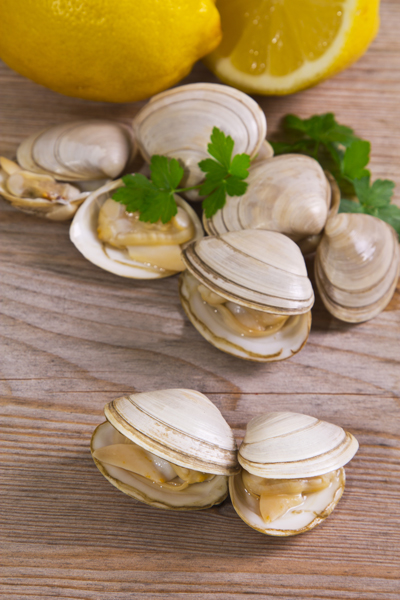
Where is
it found?
Meat, meat products, and fish are the best dietary sources of this mineral. Iron, more specifically heme iron, is available in large quantities in those foods. Heme iron is (around five times) better absorbed than the nonheme iron found in vegetables and dairy products. Heme and nonheme iron are absorbed differently in part because of certain compounds present in plants (phytic acid, oxalic acid, and tannins) and because of the calcium in milk.
However, two simple tricks can improve absorption of this mineral found in plants:
- Eat a little meat or fish or an egg with plant-based foods.
- Eat vitamin-C-rich plant foods (citrus fruit, kiwis, red berries, cherries and strawberries, bell peppers, cabbage, orange juice, etc.) at the same time.
Iron content
in foods
| Iron content in foods | mg/100 g |
| Cooked blood sausage | 22 |
| Roasted pigeon meat | 20 |
| Lamb liver, clams | 14 |
| Powdered cacao, stewed rabbit, poultry livers | 10-12 |
| Cooked kidneys, soy flour, dry lentils | 8-9 |
| Mussels, wheat germ, dry white beans, toasted pistachios | 7-8 |
| Foie gras, sunflower seeds, oysters, veal liver, enriched cornflakes, country-style pâté, fresh parsley, roasted chervil, wheat, dried apricots, cashews, Müesli cereal | 5-6 |
| Almonds, oat flakes, whelks, horsemeat, hazelnuts, roast beef, whole-wheat flour, stewed beef, cooked shrimp, spinach, cooked lentils, dandelion greens, steak, dried dates | 3-4 |
| Source: Ciqual |
Iron in vegetables Peas, parsley, lentils, dandelion greens, purslane, red kidneys and white beans, and, of course, spinach are the vegetables richest in iron.
Myths about iron
The best-known myth goes back to Popeye, the famous sailor from an American comic strip whose superhuman force came from canned spinach, a vegetable lauded at the time (in the 1920s) for its high iron content. In reality, spinach is indeed a source of iron. However, this iron is less easily absorbed than iron found in meat. Maybe Popeye would have been even stronger had he eaten a balanced meal!
What are its particularities?
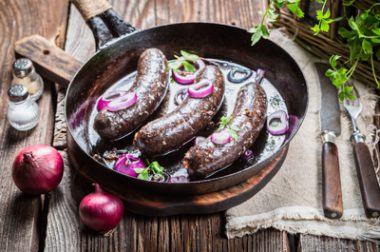
Though iron deficiency is widespread throughout the world, supplements should ideally be taken only under medical supervision, because the human body has few ways of eliminating this trace element and it therefore builds up quickly. In other words, it is better to reach the daily intake through your diet.
If you are vegetarian, remember the “lemon trick”, with plant foods rich in vitamin C, such as citrus fruit, cabbage, and bell peppers.
What if I eat
too much or too little?
As mentioned previously, advanced iron deficiency can cause anemia, the sign of a lower hemoglobin concentration in the blood. The main symptoms, when they appear, include fatigue, pallor, and more pronounced shortness of breath during physical effort.
The consequences of a more moderate deficiency are still poorly defined. Such a deficiency may cause reduced capacity for physical effort, reduced intellectual performance, lowered resistance to infections, problems during pregnancy, etc.
The risks linked to an excess of iron in the diet are very low, except if you have a pretty rare disease called hemochromatosis. Questions remain about whether heme iron, if properly digested, could play a role in certain diseases such as colorectal cancel. This could in part be explained by the harmful effects of significant consumption of meat and/or processed meat.



 Broccoli
Broccoli  Lamb’s lettuce
Lamb’s lettuce  Vegetable garden: growing horseradish
Vegetable garden: growing horseradish 









